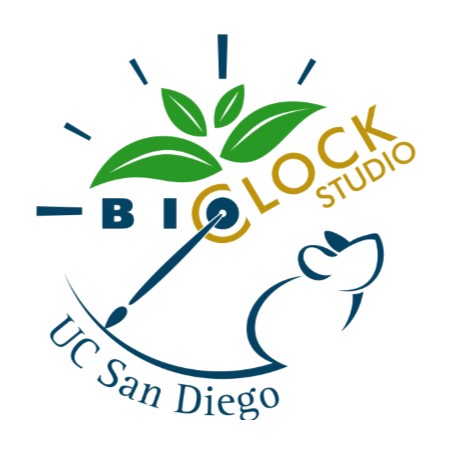Cellular Oscillators
Learn about "clocks in a dish," and how in vitro mammalian clocks can be used to study circadian rhythms
Photoperiodic Flowering Part 2
Part 2, the advanced mechanisms how plants measure night- and day-length to determine when to flower
Circadian Clock-Controlled Genes Part 1
An introductory tutorial video on the mechanisms of mammalian molecular circadian clock regulation, and how the clock regulates other genes.
Luciferase Reporters for Cyanobacteria in Circadian Research
Learn how luciferase reporters are used to study circadian rhythms in cyanobacteria
The Suprachiasmatic Nucleus: Lesion & Transplant Experiments
Learn about landmark experiments that demonstrated the role of the suprachiasmatic nucleus (SCN) in circadian rhythms
Structural Changes of the Cyanobacterial Clock
Watch the structural nanomachine of the cyanobacterial circadian oscillator come to life in this video made by our colleagues.
In-Lab Video Series: Rodent Wheel-Running Experiment
Learn how to design, perform, and analyze a rodent wheel-running experiment.
Exploring Processes C and S Part 2: Forced Desynchrony
Learn how sleep researchers use a "forced desynchrony" protocol to separate effects of processes C and S on sleep
The Transcriptomic Motion Picture of Marine Microbes
A blog post about understanding daily rhythms in marine microbes.
Effects of Sleep Deprivation on Attention and Mood
Learn about the effects of sleep deprivation on attention and mood.
Bioluminescent and Fluorescent Reporters in Circadian Rhythm Studies
Read about the biology, application, and experimental design of fluorescent reporters in circadian studies
Luciferase Reporters for Mammals in Circadian Research
Learn how luciferase reporters are used to study circadian rhythms in mammals
Establishing the Genetic Basis of Circadian Rhythms: A Landmark Study
Learn about basic property of free-running periods of circadian oscillators
Avian Photoreception
Virtually perform landmark experiments in avian circadian photoreception with our "Ex-Sparrow-ment" Simulator
Links Between Mood Disorders and Circadian Rhythms
Learn about the behavioral assays and gene manipulations used in rodent models to explore links between circadian rhythms and mood disorders
Human Circadian Variation: Genetic Approaches
Learn how genetic manipulations in model organisms and in vitro establish circadian links to human variation in chronotype
Exploring Processes C and S Part 1: Napping Protocol
Learn how sleep researchers use a "napping" protocol to separate effects of processes C and S on sleep
Time Memory in Bees
Learn about landmark experiments that established internal clocks as the source of circadian rhythms in animals
Healthy Light Exposure Infographic
Learn the do's and don'ts of light exposure that affect circadian rhythms and sleep
Mammalian Molecular Entrainment to Light and Networks
Learn how light information alters the molecular circadian clock to promote entrainment

